Garden weeds have a bad rap. I’ll be the first to admit that the odd weed gets on my nerves, but I know it’s growing for a reason. They’re not always the villain! Today, I want you to rethink the weed and how it could very well be the best thing to happen to your soil.
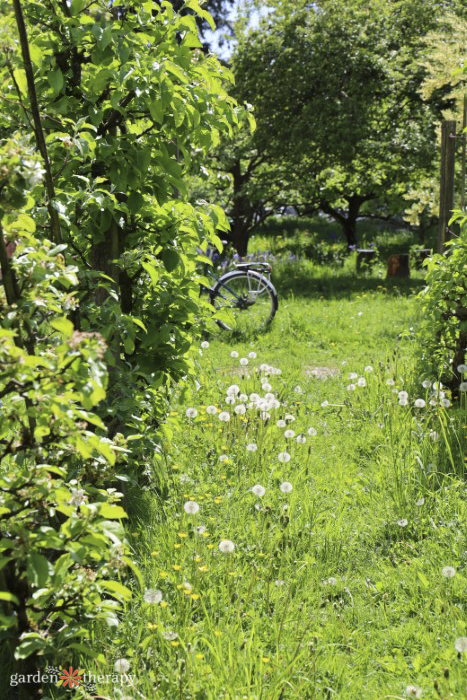
Plants can tell us so much about the world. When I first sent in my manuscript for The Regenerative Garden, one of my editors questioned if it was really true that humans learned about plants by watching animals.
I said absolutely!
Animals know what plants to eat, which are medicinal, and what to use as building materials. My friend, (and Garden Therapy Herbalist Mentor) Lori, shared how her ancestors would watch a bear while she foraged and looked at plants she used to soothe an upset stomach. Likewise, they watched bees and saw what they used in order to build a better hive and survive the winter.
When it comes to garden weeds, our first thought is to remove them. Yet, we are ignoring the incredible benefits they bring to the garden and why they exist in the first place. The animals love weeds and so does the soil. Garden weeds play an important role in a regenerative garden!
This post will cover…
- Why Does Your Garden Grow Weeds?
- How to Identify Beneficial Weeds
- How to Lessen Garden Weeds
- Garden Weeds and Green Lawns
- The Regenerative Garden
- Frequently Asked Questions About Garden Weeds
- More Posts to Read
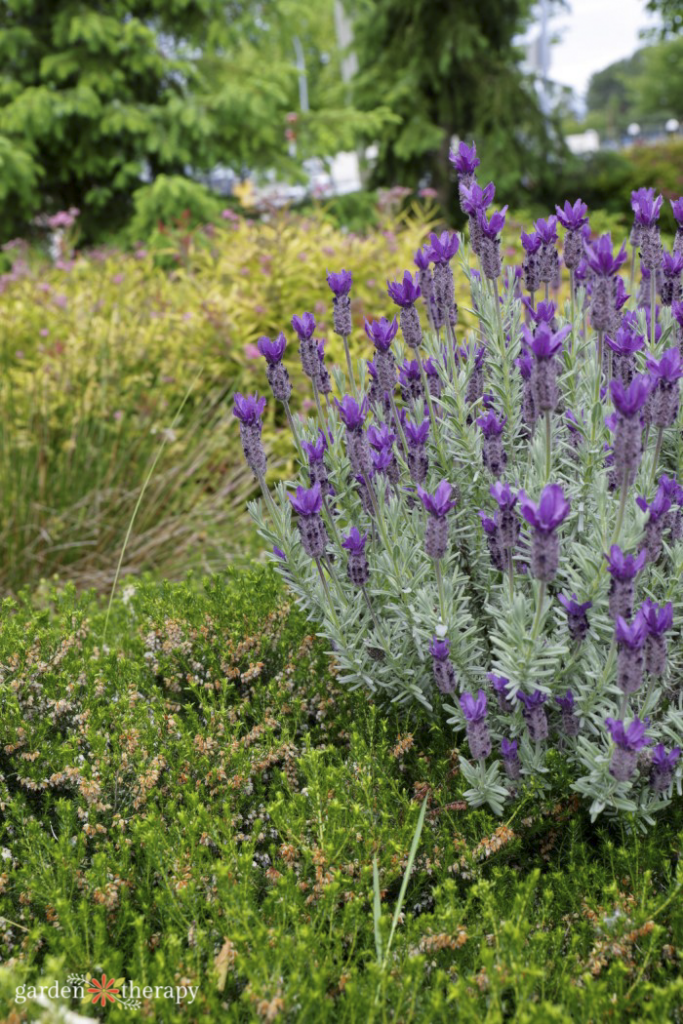
Why Does Your Garden Grow Weeds?
If you have lots of weeds, take this as a sign that your garden soil needs some help! Weeds are natural soil fixers. They’re the first plants to move into bare soil as they can thrive in the worst conditions. And they do their work fast!
Wild plants are so smart. Their seeds can sit dormant in the soil for up to 20 years. Weeds don’t sprout until they have the right conditions, or the soil requests their presence. When you see weeds, the soil is asking for the plants to come in.
Their long taproots can help to draw water and nutrients back up into the soil. These same roots help to loosen compacted soil. As they grow, the leaves and the roots help to add organic material back to the soil. When they decompose, they turn into nutrients other plants can feast on.
These same weeds also have incredible edible and medicinal uses. We often forget how delicious and beneficial some of these hardy, native plants can be (see this post about dandelions, for example!). And the wildlife thinks so too! Most insects, birds, and larger animals will happily eat these weeds as if they were caviar.
When we cultivate our soil, we invite these wild plants to come in. Resist stirring up the soil and opening the weed seed bank as much as possible. Once we clear these weeds from our soil and replace it with edible and ornamental plants, we deplete the soil once again. The wild plant seeds begin once again to help restore soil health.
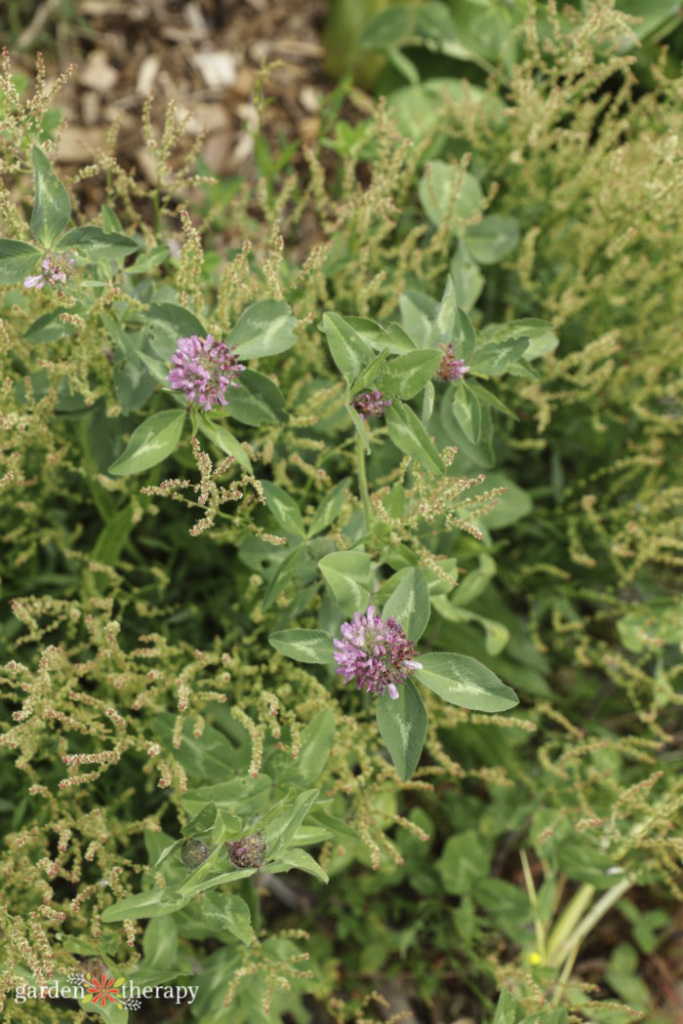
How to Identify Beneficial Weeds
When looking at the unexpected plants in your garden, it’s important to stop and take a moment to identify their uses. Many plants are medicinal, soil fixers, or can be eaten.
A recent reader on the blog mentioned that they pulled all the stinging nettle in the garden because they were tired of stings on their hands. But I also learned in a recent discussion that stinging nettle was being used to treat arthritis the same way as bee stings. It goes to show you can’t think of plants as black or white.
To know if a plant is a weed in your garden, let these garden weeds grow for a while to help with identification and research. Plants that are more mature will be easier to identify by their leaves. As you get to know it, see if it has some value in your garden. If not, redirect it to another space where wildlife may be able to benefit from it.
Weeds that grow outside of your organized pattern or are not growing at the same time as cultivated seeds, it’s likely a weed. But I always encourage you to let it grow. Who knows, it could be a lovely poppy or other pollinator favourite!
Learn more about how to identify weeds in this helpful post!
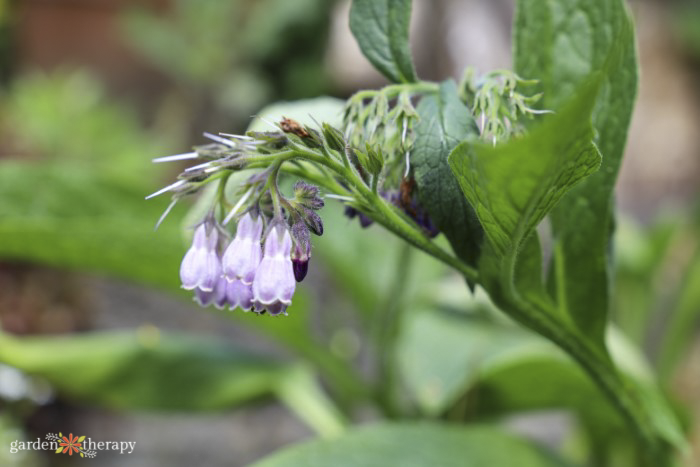
How to Lessen Garden Weeds
When you’re overrun with invasive plants, try to look at the benefits of the weeds and redirect them. For instance, horsetail is both delicious and great for hair. The shoots in the spring taste like wild asparagus! You can manage it by letting it grow in one place to enjoy and not somewhere else.
You can also employ certain practices in the garden that keep weeds down. A polyculture garden involves you planting densely with native plants and allowing plants to compete with spaces. Plant strong plants that you want to grow and get big.
You can also try sheet mulching to prevent weeds. The thick layers of cardboard or newspaper smother out the plants underneath and prevent airflow.
Of course, pick weeds before they get too big if possible. Picking after rainfall or watering makes them easier to remove. Get as much of the root out as possible to prevent them from growing back. Be sure to fill the hole with compost and mulch to cover it to prevent more seeds from sprouting inside the hole.
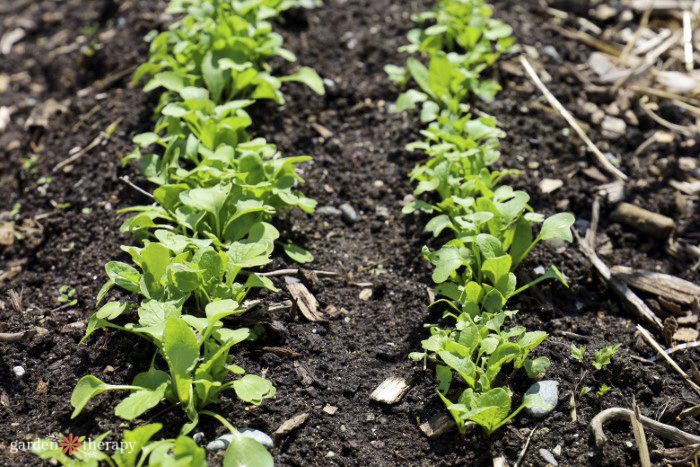
Garden Weeds and Green Lawns
When people tell me they want a green lawn, I always wonder if they want it green in colour or to make it more sustainable. I hope it’s the latter! When it comes to the idea of a green lawn, it’s more about changing perspectives.
I have a lovely green lawn full of clover, dandelions, and buttercup. Not only is it sustainable, but it’s green because it’s not a monoculture. More than grass, it’s full of wild plants that thrive and grow well since they’re in their natural habitat. It’s treadable, mowable, and stands up well for lawn activities.
Many people are scared of letting dandelions take root in their lawns. I like to harvest the flower heads of my dandelions before they go to seed for my beauty recipes and to munch on. Others, I let grow for the bees.
But clover is my absolute favourite for the lawn! You can buy seeds mixed with micro clover in it. It’s truly a wonderful nitrogen-fixing plant that grows well on its own, provides flowers for pollinators, and is easier to manage than other clovers. If you let it grow tall, it even goes to seed and plants itself rather than needing to plant more seeds later.
If you want a thick, beautiful lawn that requires little watering, let some of the native plants come in and fill up the spaces.

The Regenerative Garden
This is only the tip of the iceberg when it comes to understanding garden weeds in the soil and how to embrace native plants in your garden. My book, The Regenerative Garden, tackles the idea of how we can make our gardens more resilient and self-sustaining. With more than 80 projects included, I show you how you can slowly change your garden with regenerative practices.
The Regenerative Garden is available now in most countries!

Frequently Asked Questions About Garden Weeds
Weeds are bad only if you think they are! Weeds in the vegetable garden or other more cultivated areas can be a nuisance, but they are actually doing a host of benefits. A weed is simply a plant growing where you don’t want it to be.
Instead, try to research the weeds and see if they have any medicinal, edible, or benefits to other plants in your garden. If you won’t want them, try to redirect them to grow somewhere else in your garden that works better instead.
Weeds help to regenerate soil that has become depleted from nutrients and organic matter. They are the first plants to grow and quickly cover bare soil. Their roots help to bring water and nutrients back up to the surface and as they decompose, they bring nutrients back to the soil.
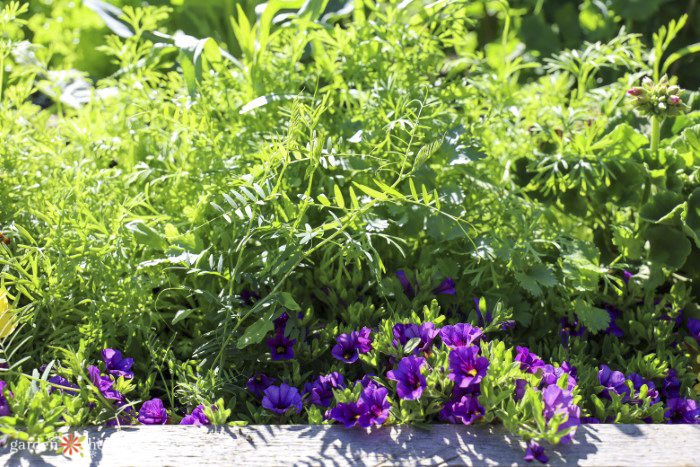
Do you have more questions about garden weeds? Leave them in the comments down below!

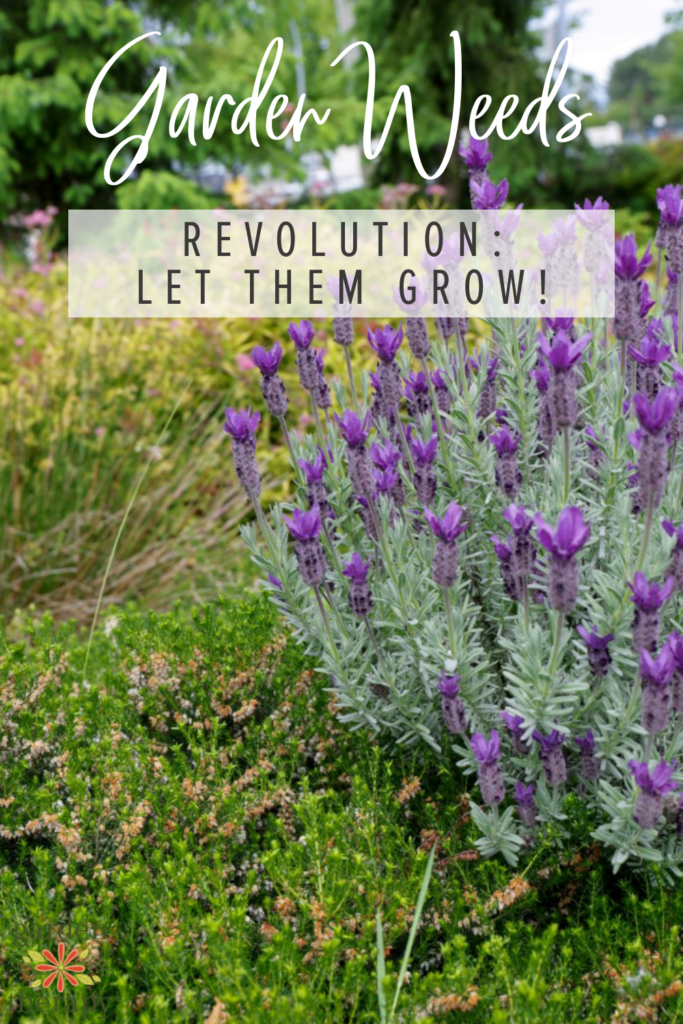



I enjoyed this article about weeds and its benefits in the soil. I’m a great believer of letting weeds grow for the benefit of birds and insects. Many weeds are ornamental and I do like the dandelions. A few years ago, I made dandelion wine, loved the taste of it. I grew a large pot of clovers last year.
Thanks for this article and all of your other interesting ones!